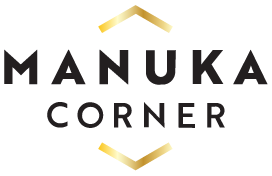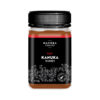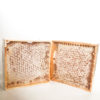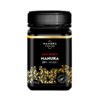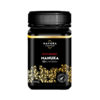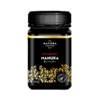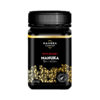The next time you reach for a sweetener, why not consider using raw honey?
To understand why raw honey is a better choice than its refined counterpart, let’s first look at how both sugar and honey are processed.
Sugar vs honey – processing the differences
Sugar comes from sugarcane or sugar beet. Although these are both plants, sugar needs a lot of processing before it gets to your table or into your morning cup of tea.
Creating sugar is an energy-intensive process that strips out all beneficial vitamins, minerals, and fibre. Sugar cane or beet is grown, harvested, and transported to a sugar mill where it is washed, cut, and crushed, removing all the fibre. The juice is then boiled, crystallised and spun to remove all water. The resulting sugar is purified, decolourised, recrystallised, dried and shipped all over the planet.
How raw honey is created
Creating raw honey is quite a different process. Bees collect nectar, deposit it in honeycombs, then use their wings to fan off most of the moisture, creating honey that is made up of about 18% water. The bees then cap the honeycombs with beeswax.
When the honey is ready for harvesting, our apiarists collect the honeycomb, cut off the caps, and extract the honey. It is spun straight from the honey frame and bottled.
Our raw honey has not been pasteurised. The beneficial substances and antioxidants destroyed by the heat applied during pasteurisation are all still there. Because we don’t filter our honey, good nutrients like pollen, enzymes and antioxidants are not removed either.
Nutritional makeup
Raw honey is in its most pure, natural form ready to be enjoyed. White sugar is stripped of any health benefits during processing and results in a product with empty calories.
Raw honey contains nutrients like amino acids, vitamin B6, thiamine, niacin, riboflavin, pantothenic acid, calcium, copper, iron, magnesium, manganese, phosphorus, potassium, sodium, zinc, enzymes, and antioxidants called polyphenols.
Sweetness factor
Honey is made up of fructose, 40 per cent, and glucose, 30 per cent, water and minerals such as iron, calcium, potassium and magnesium. Sugar is 50 per cent fructose and 50 per cent glucose. Due to the higher level of fructose, honey is sweeter than white sugar.
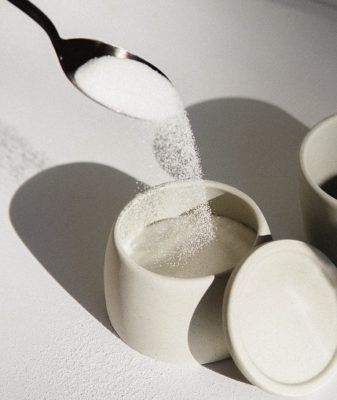 However, as honey is sweeter than sugar, you use less. If you’re using honey in baking, the general rule of thumb is to use ¾ cup of honey for every cup of sugar.
However, as honey is sweeter than sugar, you use less. If you’re using honey in baking, the general rule of thumb is to use ¾ cup of honey for every cup of sugar.
Sugar contains carbohydrates. One tablespoon of sugar has around 49 grams, no fat, no protein, no fibre, no vitamins, and no minerals, hence the term “empty calories”. Sugar has nothing else in it.
As a high carbohydrate food, sugar is higher on the glycaemic index than honey, therefore honey won’t spike your blood sugar levels as rapidly. Foods with a lower glycaemic index help you feel full longer, decrease your risk of heart disease, and help maintain or lose weight.
The next time you reach for a teaspoon of sugar, give raw honey a try instead. Our raw honey is in its purest form, the way nature intended. Be sure to check out our delicious honey recipes and visit our shop page to get some delicious raw honey for your place.
